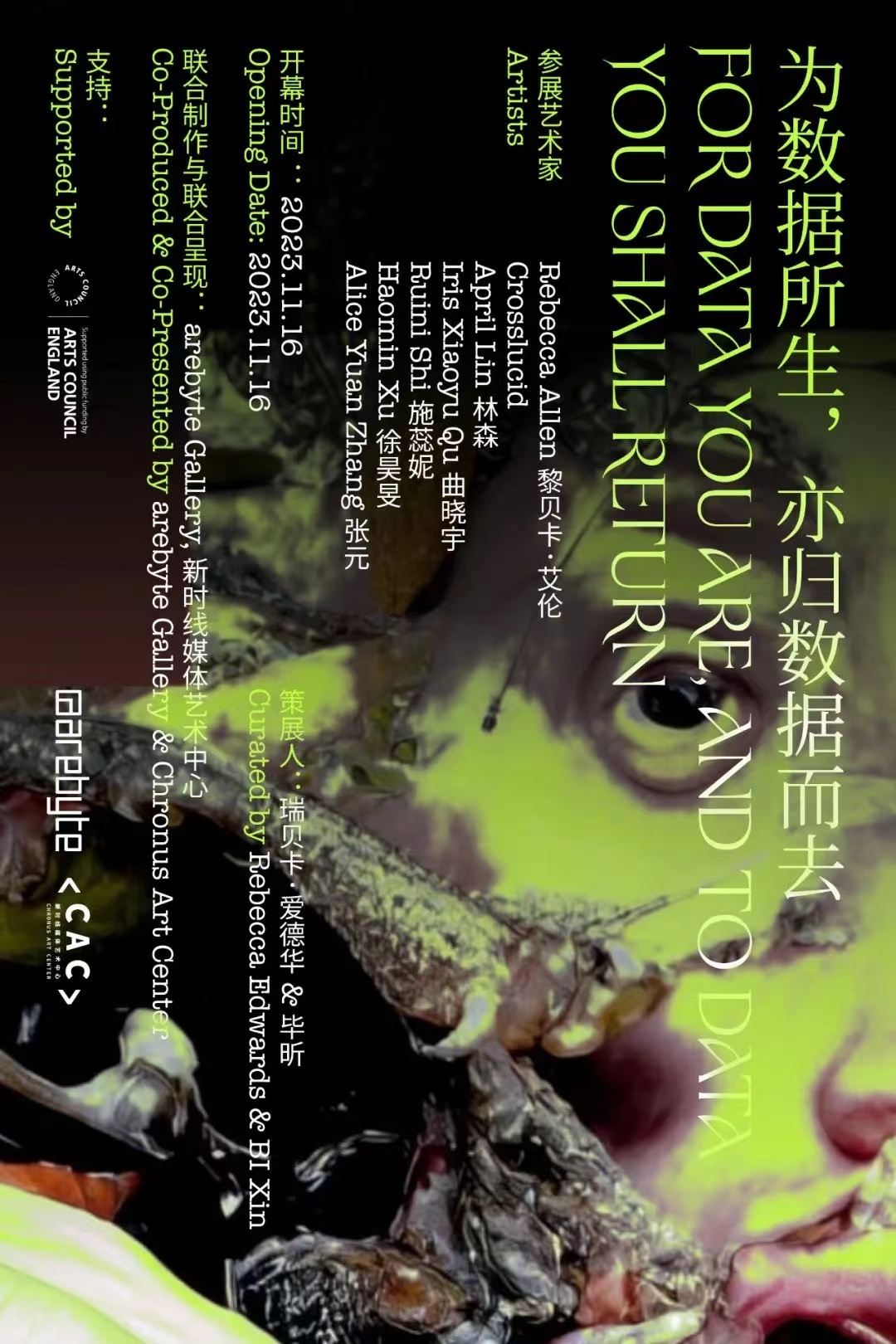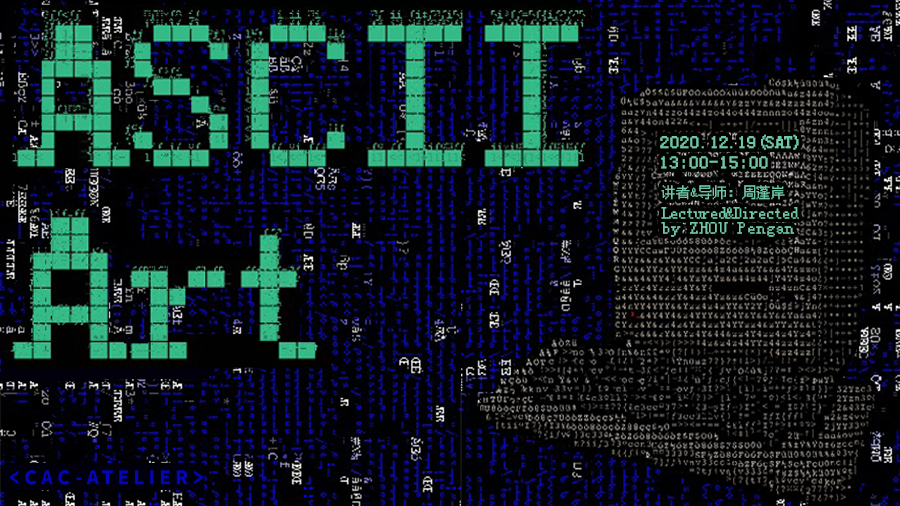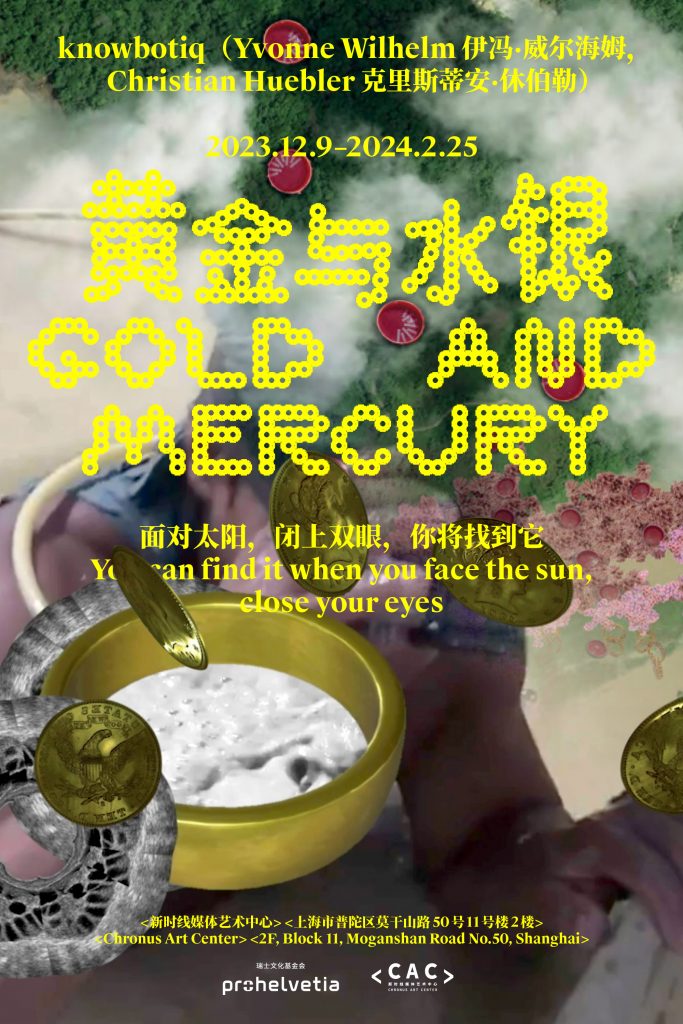
Gold and Mercury you can find it when you face the sun, close your eyes
2023.12.09 - 2023.02.25
Chronus Art Center
Supported by Pro Helvetia Shanghai, the Swiss Arts Council

Chronus Art Center (CAC) is pleased to present Gold and Mercury, you can find it when you face the sun, close your eyes, the third iteration of CAC’s 2023 program CAC Projects in collaboration with the artists knowbotiq (Yvonne Wilhelm, Christian Huebler). The project will open on December 9, 2023 and remain on view through February 25, 2024.
The exhibition, Gold and Mercury, you can find it when you face the sun, close your eyes, unfolds as a poetic trilogy, commencing with an exploration of global gold refinery and trade, along with its emotive economies, molecular violence and metabolic transformations in Switzerland. The journey then traverses to Colombia, where the artists delve into the clandestine gold mining around the Atrato River in the Afro-Colombian Chocó region, examining the elemental dynamics, aesthetic conditions and translocal narratives of mercury while questioning the cold data cloud and the sanctimonious law framework built upon it. Subsequently, the adventure penetrates the plural understandings of extraction and the alchemy among silicon, sand and temporality, addressing attention on the colonial infrastructures, exploitative labour practices, and the non-human beings who absorb, digest and endure pollution and collateral damage with their life and love.
The video installation, Swiss Psychotropic Gold, transports the viewer to the residue of gold's quasi-alchemical purification, unveiling the profound libidinous power and psychotropic energies within gold in juxtaposition with the violence and cruelty concealed beneath its radiant surface. The video assembles digital found footage in which gold is mined, refined and transformed into gold bars, derivative stock market products, nano-particles of high technologies, or wellness product. During the process of refining, gold emerges as a pharmakon, both poisoning for exploiting labour in mercury-poisoned mines and healing for stabilizing and tranquillizing the human mind. In this context, gold escapes its material shape, becoming a material-discursive metabolism that transforms, in a way that is neither neutral nor disinterested, and in the enactment of materialities, rhythms, and the meanings inherent in the media assemblage.
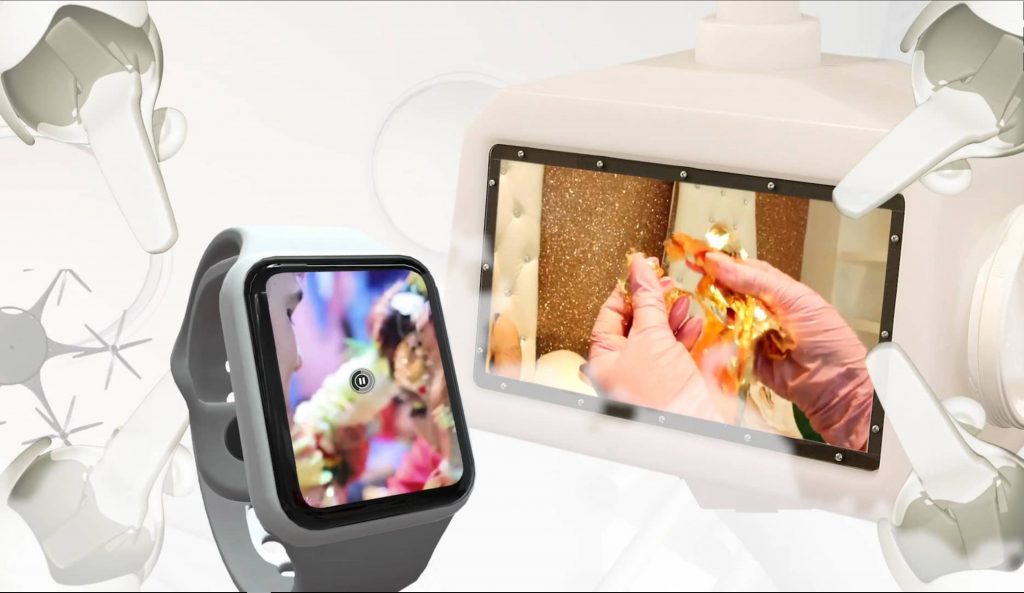
knowbotiq, Swiss Psychotropic Gold, still image, 2016-2020 © artists
As an extension of the critique of the European history of coloniality and linear desires for gold, the project Mercurybodies: Remote Sensations directs attention to the dynamic agency inherent in mercury. At its core, the project questions the methodology of utilizing remote sensing data and technologies to address intricate mental, social, and environmental events, highlighting that the scientific "solutions/conclusions" are often detached from empathy and an unawareness of the myriad factors at play. Mercury is portrayed as a substance capable of entering other compounds, integrating with them, or inciting conflicts. It is not only present in nature or pollutants but also weaves its way through the invisible translocal chains of international transactions, political contests, and economic figures. In the pursuit of critical cartography through remote sensing, Mercurybodies: Remote Sensations reflects on the aesthetic conditions in which a being-with, a holding of mutual responsibility in time and space, is possible1.
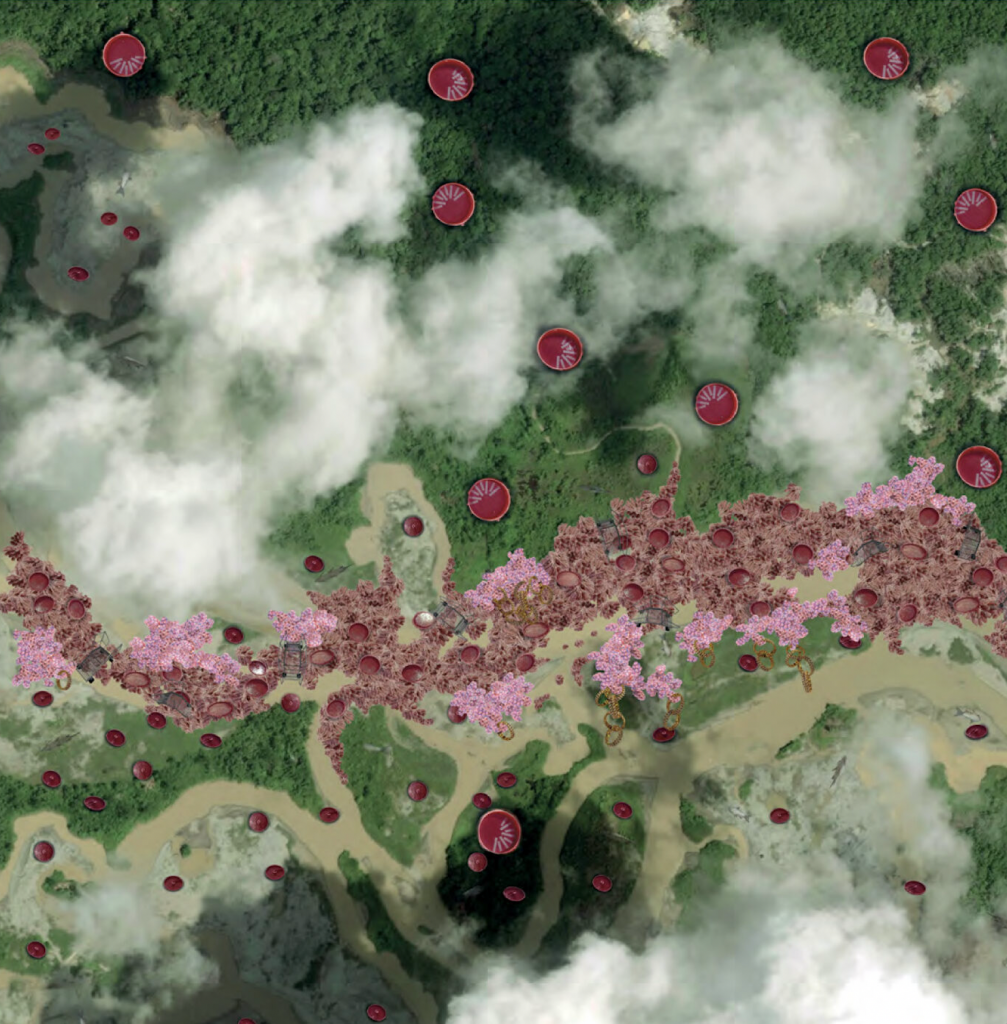
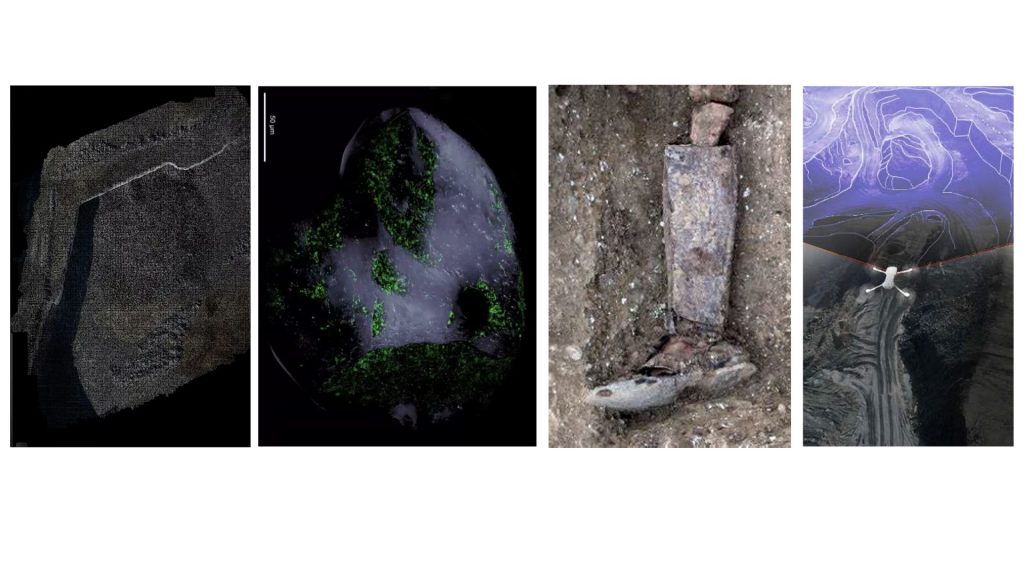
knowbotiq, Mercurybodies: Composting Slow Violence, still image, 2021-2023 © artists
The three projects featured in the exhibition not only challenge the transgressive values embedded in humanistic knowledge and examine the violent philanthropic affects, but also appeal for a transmuted and symbiotic decomposition to disintegrate the homogenized violence inherent in subjective affects and material potentials. The exhibition title draws inspiration from anthropologist Michael Taussig's fictional museum formed in poetic words. In his storytelling, Taussig emphasizes that the transgressive substances like gold transcend their mere mineral nature. They exude an essence more akin to that of people than things, embodying a spiritual quality that eludes categorization. This characteristic is what imparts upon them their strange beauty. In this way, the matters appear to articulate their own narratives yet carry the weight of human history, whilst all concealed within the guise of natural history.
In this matter-confluenced exhibition space, we invite the viewers to delve into the complex micro-sensory surrounding gold and mercury, immersing themselves in the poetic language where matter and myth are constantly connected and interrupted. We encourage the viewers to enter the enumeration of molecular allegory, flowing into the interdependency with other entities, engaging in the exchange of translocal experiences, and participating in the alchemical transformation of the elements, self-organized practices and cares. Listen to the sound of matter, spiral into the vortex of time and space.
1. knowbotiq, “Remote Sensation, A Critical Cartography of Remote Sensing” in Amazonia: Anthology as Cosmology, ed. Kateryna Botanova and Quinn Latimer (Switzerland and London: CULTURESCAPES and Sternberg Press, 2021), 289.
About the Artists
knowbotiq (Yvonne Wilhelm, Christian Huebler) have been experimenting with forms and medialities of knowledge, political representations and epistemic disobedience. In recent projects they are investigating and enacting inhuman geographies with the focus on algorithmic governmentalities, libidinous and affective economies and postcolonial violence. In various formats (performative settings, critical fabulations, inventions, encounters) knowbotiq explore molecular, psychotrope and derivative aesthetics.
Former: knowbotic research/together with Alexander Tuchacek, has participated in Documenta fifteen, 49th Venice Biennale (Austrian Pavillon) , Art Encounter Biennal Timisoara, Moscow Biennale, Seoul Biennale, Hongkong Shenzen Biennale, Biennale Rotterdam and exhibited in New Museum New York, Witte de With Rotterdam, MOCA Taipeh, Kunsthalle St. Gallen, Kunstmuseum Stuttgart, Skuc Gallery Ljubljana, NAMOC Beijing, Aarhus Kunstmuseum, Museum of Contemporary Art Helsinki, Hamburger Kunstverein, Henie Onstad Kunstsenter Oslo, Museum Ludwig Köln and has received major awards including: the Pax Art Award Basel (2019), the Swiss Art Award (2012), the Claasen Prize for Media Art and Photography, Cologne; the international ZKM Media-art award; August Seeling-Award of Wilhelm Lehmbruck Museum.
knowbotiq have a professorship at the University of the Arts Zurich.



